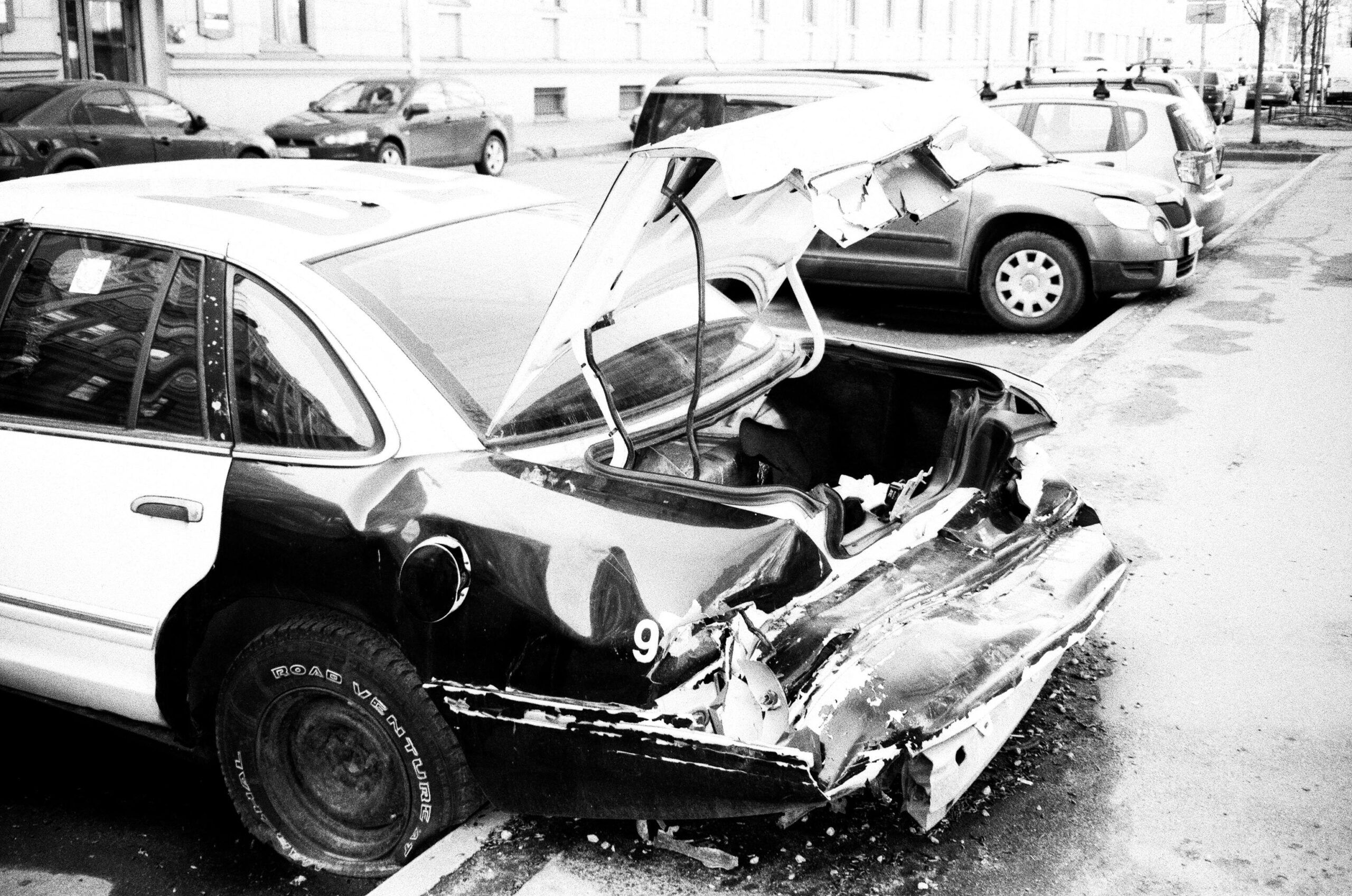Auto insurance is an essential requirement for drivers, but not every driver falls into the same risk category. Some individuals are considered “high-risk” by insurers due to their driving history, credit score, or other factors. High-risk auto insurance is designed for these drivers, often coming with higher premiums and stricter conditions.
What is High-Risk Auto Insurance?
High-risk auto insurance is a specialized form of car insurance coverage offered to drivers who are more likely to file claims compared to average drivers. Insurance companies evaluate risk based on a person’s driving record, previous insurance history, and personal factors.
If you are considered high-risk, standard insurance providers may deny coverage or charge significantly higher rates. In such cases, high-risk auto insurance ensures that you remain legally compliant and protected on the road.
Who is Considered a High-Risk Driver?
Several factors may classify you as a high-risk driver, including:
- Traffic Violations: Multiple speeding tickets, reckless driving, or DUI/DWI charges.
- Accident History: At-fault accidents within the past 3–5 years.
- Insurance Lapses: Periods without auto insurance coverage.
- New or Young Drivers: Limited driving experience increases perceived risk.
- Poor Credit Score: Many insurers use credit history to determine risk.
- Exotic or Sports Cars: Vehicles that are expensive to repair or prone to theft.
Cost of High-Risk Auto Insurance
High-risk policies typically cost more than standard coverage. The increase can range from 25% to over 200% higher depending on the severity of the risk factors.
Example Calculation:
- Standard driver premium: $1,200/year
- High-risk driver premium (after a DUI): $3,600/year
- Extra cost: $2,400/year
This example shows how serious violations can dramatically increase insurance costs.
Types of Coverage Available
High-risk auto insurance policies still include common coverage types such as:
- Liability Insurance – Covers damage or injuries you cause to others.
- Collision Coverage – Pays for damage to your own vehicle in an accident.
- Comprehensive Coverage – Protects against theft, vandalism, and natural disasters.
- SR-22 or FR-44 Certification – Required by the state for drivers with DUIs or suspended licenses.
How to Lower High-Risk Insurance Premiums
Even if you are categorized as a high-risk driver, you can take steps to reduce your premiums:
- Improve Driving Habits: Avoid traffic violations and accidents.
- Take Defensive Driving Courses: Many insurers offer discounts.
- Maintain Continuous Coverage: Prevent lapses in insurance.
- Improve Your Credit Score: Helps lower risk in the eyes of insurers.
- Compare Quotes: Different insurers specialize in high-risk policies with varying rates.
Pros and Cons of High-Risk Auto Insurance
Pros:
- Ensures legal driving compliance.
- Provides financial protection after accidents.
- Can be temporary until risk level decreases.
Cons:
- Significantly higher premiums.
- Limited options for insurers.
- Possible mandatory SR-22 filings with fees.
FAQs
1. How long will I be considered a high-risk driver?
Typically, violations and accidents remain on your record for 3 to 7 years depending on state laws and severity.
2. Can I get high-risk auto insurance if I’ve been denied elsewhere?
Yes. Specialized insurers and state-assigned risk pools provide coverage for denied drivers.
3. Will my rates ever go down?
Yes. If you maintain a clean record for a few years, your risk level decreases, and you may qualify for standard insurance again.
4. What is SR-22 insurance?
An SR-22 is not insurance itself but a certificate proving you carry the state’s minimum coverage, often required after serious violations.
5. Is high-risk insurance the same everywhere?
No. Costs and requirements vary by state regulations, insurance company policies, and your personal driving profile.
Conclusion
High-risk auto insurance may be expensive and restrictive, but it plays an important role in keeping drivers legally covered and financially protected. If you fall into this category, understanding your risk factors, improving your driving behavior, and comparing quotes can help you reduce costs over time.

